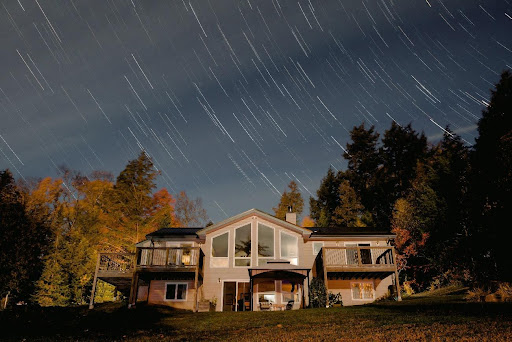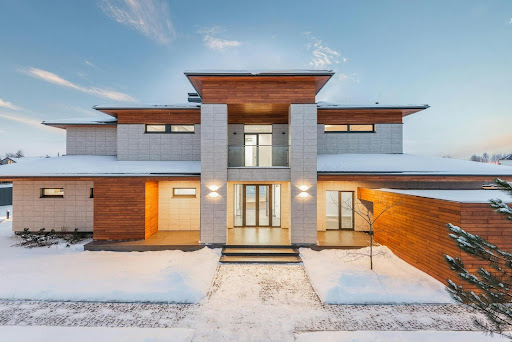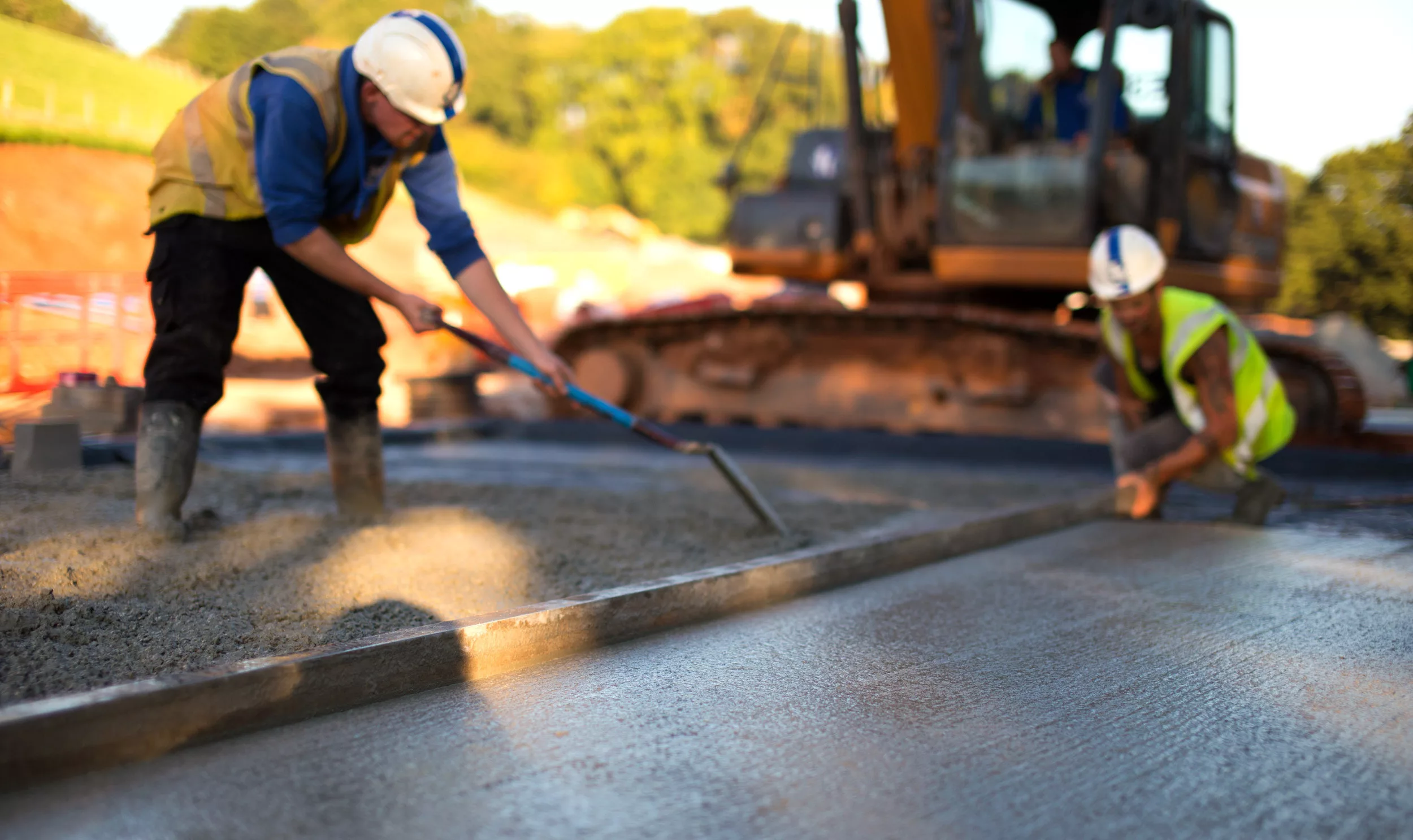
When it comes to home improvement, interior design often takes the spotlight. We’re drawn to the latest trends in room decor, kitchen remodels, and smart home technology, giving less thought to the exterior aspects that keep our homes sturdy and weather-resistant. However, in cities with challenging climates like Pittsburgh, where snowy winters and hot, stormy summers are the norm, overlooking these crucial upgrades can lead to serious consequences. Hence, weather-proofing your home’s exterior is not just a matter of maintenance; it’s a vital step in ensuring the safety and longevity of your property.
- Evaluating Your Home’s Weather-Resistance
Before embarking on any upgrades, it’s crucial to assess your home’s current ability to withstand extreme weather. Start with a thorough exterior inspection, looking for signs of wear and tear, especially after harsh weather seasons. Check for peeling paint, cracks in the siding or foundation, and loose or missing roof shingles. It’s also wise to consult with a professional who can provide a detailed assessment and recommend specific upgrades tailored to your home’s needs and local climate conditions. This initial evaluation sets the stage for targeted improvements that can significantly enhance your home’s weather resistance.
2. Replacing Your Roof: A Crucial Upgrade
The roof is your home’s first line of defense against the elements. In Pittsburgh, where heavy snow and intense summer heat are common, a deteriorating roof can lead to serious problems like leaks, ice dams, and heat loss. Make sure you hire a professional Pittsburgh Roof Replacement company to handle repairs or replacements.
When considering a replacement, focus on materials and designs that can endure these extremes. Metal roofing, for example, is known for its durability and resistance to snow and rain. Asphalt shingles, while more economical, should be high-quality and properly installed to withstand severe weather. Upgrading your roof not only improves weather resistance but also enhances energy efficiency and increases your home’s value.
3. Upgrading to Weather-Resistant Windows
Windows play a significant role in your home’s insulation and protection against weather extremes. In regions with diverse weather conditions, investing in weather-resistant windows is essential. Double-glazed windows, which have two layers of glass, offer improved insulation, keeping your home warm in winter and cool in summer. Additionally, look for windows with low-emissivity (low-E) coatings, which reflect infrared light and help maintain consistent internal temperatures. Proper installation and sealing are equally important to prevent leaks and drafts, ensuring your windows are as efficient as possible.
4. Installing Weatherproof Siding
Siding is not just an aesthetic feature; it’s a protective shell for your home. Weatherproof siding materials can significantly reduce maintenance and repair costs while providing better insulation. Vinyl siding is popular for its durability and low maintenance, capable of withstanding harsh weather without fading or cracking. Fiber cement siding, though more expensive, offers superior resistance to heat, cold, and moisture. Stucco, with its distinctive texture, is also a durable option, especially in dry climates. Consider factors like local weather patterns, insulation value, and the overall impact on your home’s appearance.
5. Reinforcing the Foundation
The foundation is the backbone of your home, and its integrity is crucial for weather-proofing. Water is a foundation’s biggest enemy, leading to cracks, leaks, and even structural damage. Waterproofing your foundation is a vital step, especially in areas prone to heavy rains or melting snow. Ensure proper drainage around your home to direct water away from the foundation. Regular inspections can catch issues like cracks early, preventing them from becoming major problems.
6. Weather-Resistant Exterior Doors
Upgrading to weather-resistant exterior doors is a key step in fortifying your home against the elements. These doors are designed to withstand various weather conditions, including heavy rain, strong winds, and extreme temperatures. When selecting a door, consider materials like fiberglass, which is known for its resilience and energy efficiency, or steel, which offers superior strength and security. Wood doors, while aesthetically pleasing, require more maintenance and may not be as durable in extreme weather conditions. Insulation is another important factor; well-insulated doors prevent heat loss in the winter and keep your home cool in the summer. Additionally, ensure your doors have proper weather stripping to seal out drafts and moisture, further enhancing their weather-resistant properties.
7. Gutter Maintenance and Upgrades
Gutters play a vital role in directing rainwater and melting snow away from your home, protecting your roof, walls, and foundation from water damage. Ineffective or clogged gutters can lead to serious problems like basement flooding, roof damage, and erosion around your home’s foundation. Consider upgrading to high-quality materials like aluminum or copper, which offer durability and longevity. Installing gutter guards can also be a wise investment, as they help prevent leaves and debris from clogging your gutters. Regular maintenance is essential to ensure they function properly, especially in areas with heavy rainfall or snowfall.
8. Landscaping for Weather Protection
Strategic landscaping can serve as a natural barrier, protecting your home from weather-related damage. Planting trees and shrubs in key areas can help shield your home from strong winds and intense sunlight. For instance, evergreen trees on the north and west sides of your home can provide a windbreak in winter, while deciduous trees on the south and east sides offer shade in the summer. Additionally, proper soil grading and landscaping can ensure adequate drainage, preventing water from pooling near your home’s foundation. When planning your landscaping, consider native plants that are well-adapted to your local climate and require less maintenance.
9. Insulating and Sealing the Attic
A well-insulated and sealed attic is crucial for maintaining a comfortable indoor temperature and preventing weather-related damage. Proper insulation helps keep your home warm in the winter and cool in the summer, reducing the strain on your heating and cooling systems. It also prevents warm air from escaping through your roof, which can lead to ice dams in colder climates. Sealing gaps and cracks in your attic is equally important to prevent air leaks. Pay special attention to areas around vents, chimneys, and light fixtures where air leaks are common. Using the right type and amount of insulation, along with thorough sealing, can significantly improve your home’s energy efficiency and protection against the elements.
Conclusion:
Our homes are that one place amidst the hustle and bustle of our work and responsibilities, where we must feel relaxed, comfortable and safe. Upgrading and repairing your home’s exterior is thus essential to ensure your home serves as your comfort zone and safe place. Take a cue from these tips above and start contacting the right professionals for each project.
Good luck!







